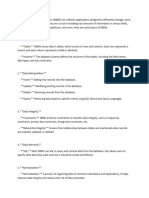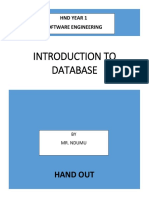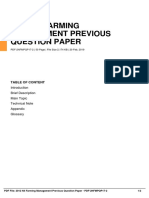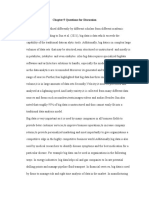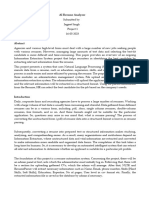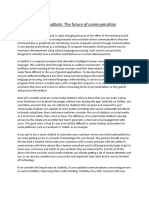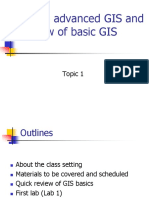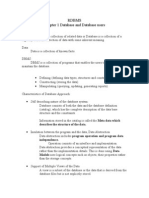0% found this document useful (0 votes)
33 views14 pagesNotes
The document provides definitions and explanations of key concepts related to Relational Database Management Systems (RDBMS), including primary keys, foreign keys, and entities. It discusses the capabilities of data dictionaries and DBMS, as well as the advantages of using a DBMS over traditional file environments. Additionally, it covers the vulnerabilities of information systems and the steps for risk assessment, along with tools and technologies for safeguarding data.
Uploaded by
princechowdhury023Copyright
© © All Rights Reserved
We take content rights seriously. If you suspect this is your content, claim it here.
Available Formats
Download as PDF, TXT or read online on Scribd
0% found this document useful (0 votes)
33 views14 pagesNotes
The document provides definitions and explanations of key concepts related to Relational Database Management Systems (RDBMS), including primary keys, foreign keys, and entities. It discusses the capabilities of data dictionaries and DBMS, as well as the advantages of using a DBMS over traditional file environments. Additionally, it covers the vulnerabilities of information systems and the steps for risk assessment, along with tools and technologies for safeguarding data.
Uploaded by
princechowdhury023Copyright
© © All Rights Reserved
We take content rights seriously. If you suspect this is your content, claim it here.
Available Formats
Download as PDF, TXT or read online on Scribd
/ 14





















































